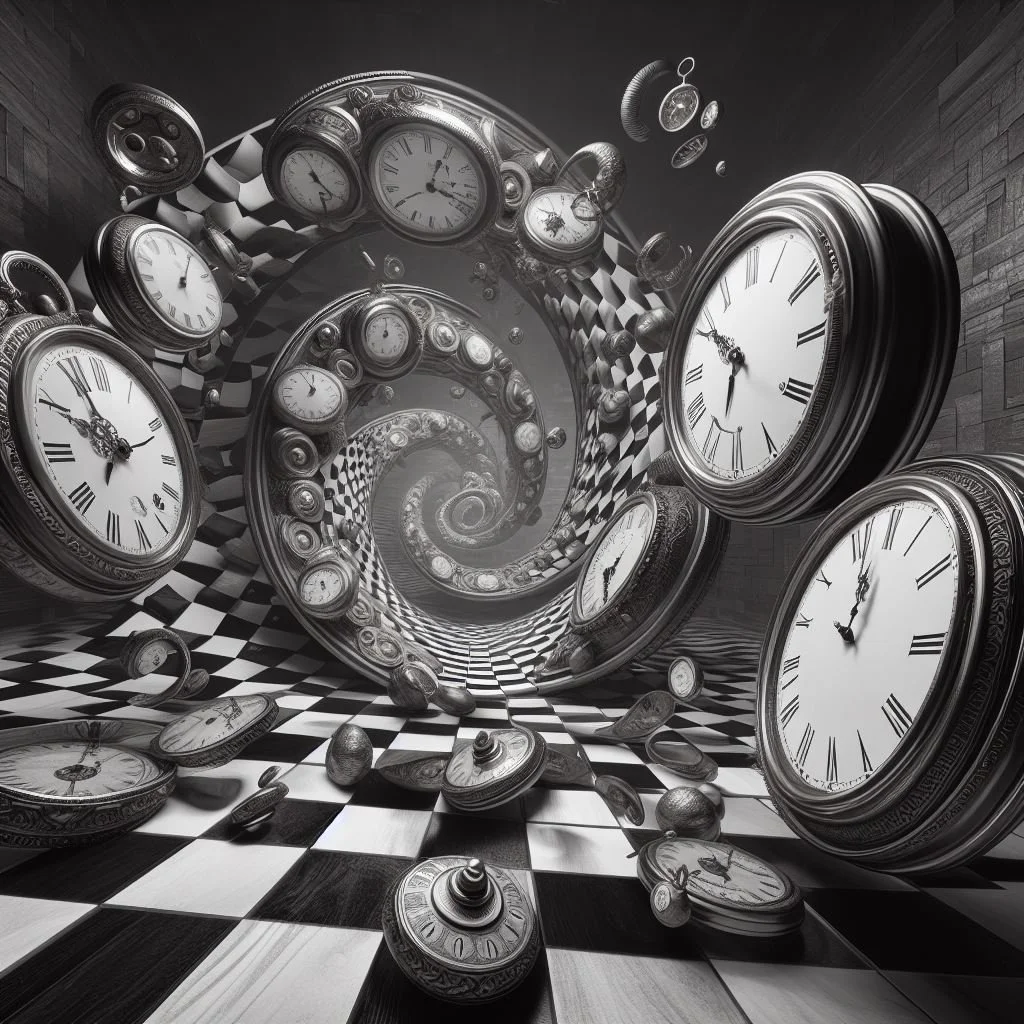How does the clock tick?
Often in research consumers discuss how time affects their lives. Events from the past, dreams for the future, demands in the present. Our perception of time, as an enemy or an ally or a resource to be used, affects our perceptions of all kinds of human experiences. (In a ZMET interview, it can be instructive to ask people to personify or visualize “time.”)
This essay by Brian Klaas, Associate Professor of Global Politics at University College in London, describes the metaphors people around the world use to conceptualize time.
The pre-modern metaphor (and one still in use by some people today, especially those rooted in Eastern philosophy) is “Time is a Wheel.” It consists of repeating cycles.
The metaphor in use in the West and most of the world is “Time is an Arrow.” Time marches on. Progress. The moral arc of the universe bending toward justice.
The final metaphor is “Time is Chaos” – just one damn thing after another with no underlying pattern.
Klaas offers a fourth metaphor – “Time is a Spiral,” which is a hybrid of the three.
All of these metaphors unconsciously affect how we live our lives. At some level, they probably influence the products and brands that we purchase and the decisions we make about our health and well-being. They certainly affect how we see ourselves in the world.

